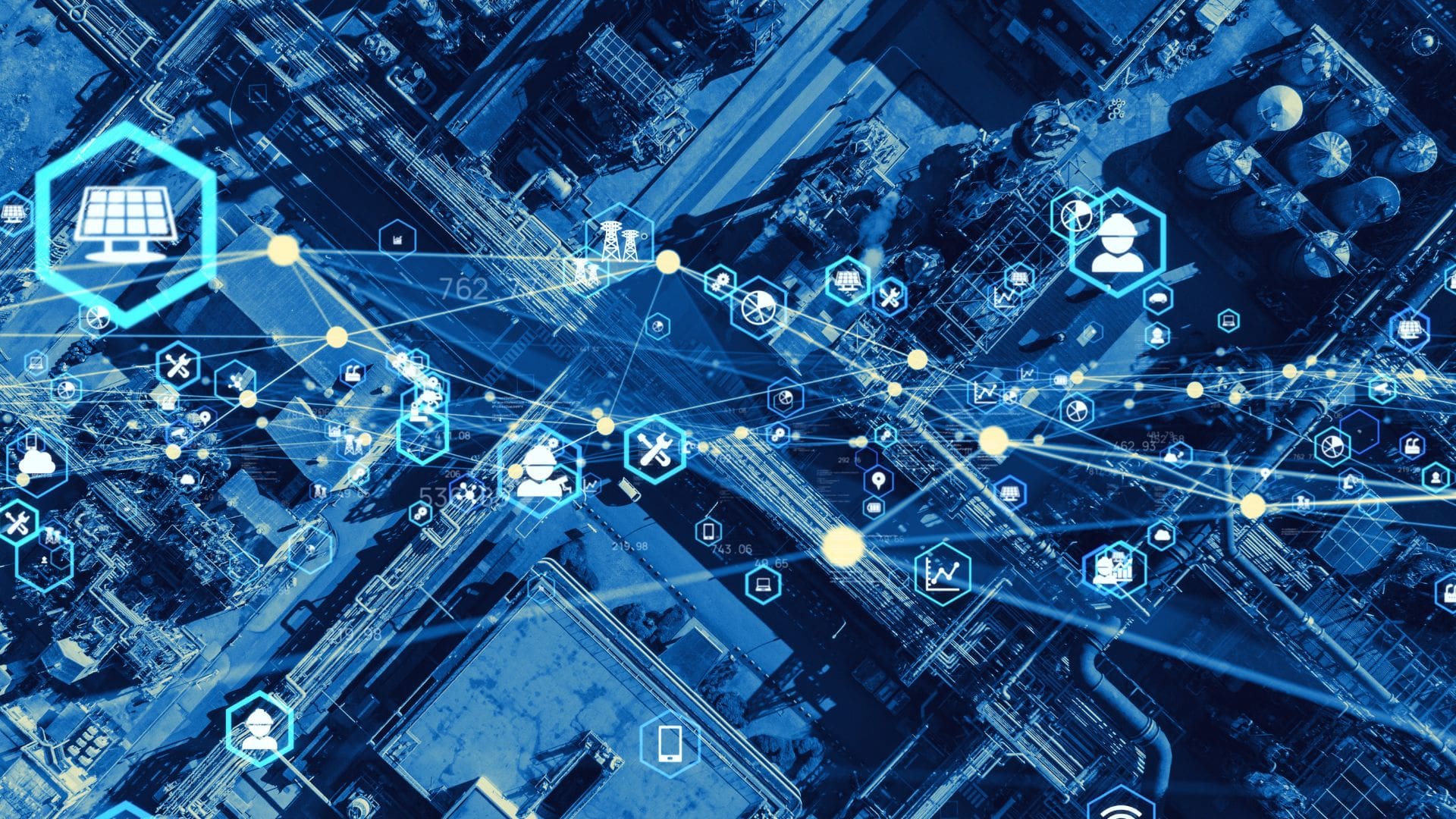Supply chains are constantly facing new challenges, and one of the biggest challenges today is the impact of technology.
From small businesses to global corporations, technology is changing the way we do business. It’s impacting the way we communicate, the way we order and receive products, and even the way we ship and handle goods.
In this article, we’ll take a closer look at the impact of technology on supply chains and explore some of the ways companies are using technology to streamline their operations and improve their bottom line.
The Role of Technology in Supply Chains
You might be wondering what exactly supply chain management is and how technology plays a role in it. To put it simply, supply chain management is the process of managing the flow of goods and materials from suppliers to customers. And technology plays a big part in managing that flow.
Technology has helped to make supply chains more efficient and effective by:
– Allowing for better communication between suppliers, manufacturers, and retailers
– Helping to track inventory levels and trends
– Automating many of the tasks involved in supply chain management
The result is a supply chain that is more efficient, agile, and responsive to changing customer demands. So, if you’re looking to improve your supply chain, investing in technology is a good place to start.
The Benefits of Technology in Supply Chains
When it comes to supply chains, technology can be a huge asset. By automating tasks and using data analytics to optimize results, companies can increase efficiency and accuracy while reducing costs.
Technology can also help companies become more agile and responsive to changes in customer demand. For example, if a company uses real-time data to track inventory levels, it can quickly adapt its production plans accordingly. This is a huge benefit in today’s ever-changing marketplaces.
And last but not least, technology can help build stronger relationships with suppliers and customers. By sharing data and collaborating on digital platforms, companies can create a more transparent and efficient supply chain that everyone can trust.
The Challenges of Technology in Supply Chains
You’re probably wondering what some of the challenges are when it comes to using technology in supply chains. Well, here are a few things to consider:
-Data security: When you’re dealing with sensitive data, you need to be sure that it’s protected from cyber attacks. This means having strong security measures in place, which can be costly.
-Complexity: Technology can make supply chains more complex, which can lead to errors and delays.
-Change management: Trying to implement new technology can be a challenge, especially if you have to train staff on how to use it.
-Cost: Technology can be expensive to purchase and maintain.
How to Overcome the Challenges of Technology in Supply Chains
You’re not the only one struggling to keep up with the changes. In fact, most businesses are feeling the pressure to change their business models to accommodate the new technologies, which can be costly and time-consuming.
The good news is that there are a few ways you can overcome these challenges:
1. Educate yourself and your team on the new technologies and how they can be used in supply chains.
2. Implement a pilot program to test out new technologies before investing in them fully.
3. Work with a partner who is already using the new technology to get a better understanding of it.
4. Use data and analytics to make better decisions about which technologies to invest in and how to use them effectively.
The Future of Technology in Supply Chains
So, what does the future hold for technology in supply chains? Well, it’s safe to say that the possibilities are endless.
For one thing, we can expect to see more and more companies using data to drive their decisions. By collecting and analyzing data on everything from customer behavior to supplier performance, companies will be able to optimize their operations in ways that were previously impossible.
In addition, we will see a continued rise in the use of artificial intelligence and machine learning. These technologies are already being used to automate tasks like product sourcing and inventory management, and their use is only going to become more widespread in the years to come.
Finally, we expect to see more companies using blockchain technology to track their products and ensure quality control. With blockchain, every time a product changes hands, a new “block” is added to the chain, creating an immutable record of its journey from production to consumption. This will allow companies to identify issues with their supply chains more quickly and efficiently than ever before.
Conclusion
The ever-changing landscape of technology has had a profound impact on the supply chain. What used to be a linear process is now a complex web of interconnected activities, all of which must work together seamlessly to get the job done.
The good news is that with the right tools in place, technology can help streamline supply chains and make them more efficient than ever before. The key is to stay ahead of the curve and to keep your finger on the pulse of the latest trends and developments.
So, what does the future hold for supply chains? Only time will tell, but one thing is for sure: technology will continue to play a significant role in shaping and reshaping our business.


